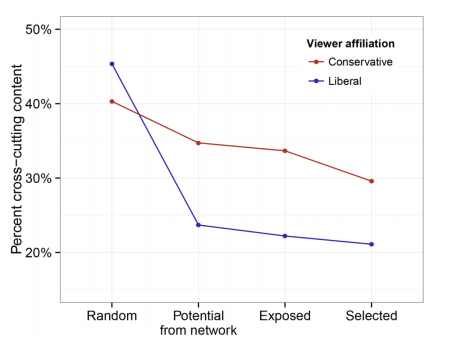I’ve mainly been working on non-politics projects lately, so I haven’t seen any of the Donald Trump press conference yet. I’m not going to try and assess his performance or the news coverage of that event specifically until I watch the film. On the other hand, I have published on presidential press conferences, so I wanted to cover a few broad rules of the setting that should translate to this week’s press conference or any future press conference:
1) Subsequent news coverage will focus on what Trump said, as opposed to getting a wide balance of opinion, unless a news organization dedicates a lot of space to the press conference
One of the main things I wanted to study in my dissertation was whether politicians could do things that affects the balance of opinion found in news coverage. I looked at press conferences from 1891-2009 since we can compare what was said to the subsequent news coverage, which is rare in news interviews. I measured balance of opinion as a proportion of quoted words from the president to all quoted words in news coverage of an event. The New York Times‘ average proportion was 0.757. In other words, nearly 76 percent of the quoted words came from the president versus 24 percent for everyone else. ABC Nightly News’ proportion was 0.695.
I found surprisingly few variables affect this ratio. As we might imagine, if a president has a joint press conference with another foreign leader they tend to get some quotes in the news as well. However, there was no significant partisan difference after controlling for different ways that presidents set up their press conferences. Approval ratings have tiny, insignificant effects. One peer reviewer was convinced that presidents who had been in the news a lot wouldn’t have as much control. After weeks of gathering additional data I found this had literally 0 impact.
The main thing that leads to more balance of opinion is whether news organizations leave enough space to quote people other than the president. When the Times or ABC only published one short story, that story would only try to summarize the main things the president said. The single most common outcome is a completely one-sided story. More important conferences will get multiple stories, each focused on a different issue or incident. This is when we get more sources.
2) The questions and the subsequent writeup are two different things
Press conferences are a performance. Since presidential press conferences are on TV, there’s more room for journalists to perform, not just presidents. Many journalists want to brand themselves as tough interrogators, holding presidents accountable. With the rise of partisan news, the image of holding people accountable has become less about “I’d grill everyone, even my own mother!” and more about partisan allegiances.
Working journalists know that they need to produce some story at the end. If they keep pressing the president on one topic, he may cancel the press conference or simply not say anything interesting. Since one press conference could lead to five stories on five different topics, there is pressure to move on instead of harping on a particular topic. The more a president opens up about a topic, the more there is for a journalist to write about. Aggressive flashes during the press conference can turn to deference afterwards. On the other hand, exchanges that seem innocuous as they happen may attract much more attention after the conference, when people can review the tapes.
3) The performance is news
Journalists have written about how people conducted themselves in on-the-record presidential press conferences for as long as presidents have held them on the record. I looked at these stories dating back to the Times’ very first story about Eisenhower doing one press conference for print media then inviting news cameras in for a second, shorter conference that repeated most of the same questions. Day-to-day news reporting in the Times and other objective news organizations follows a strict rule of avoiding judgments about a source’s moral character. Press conferences are an exception. Someone’s performance and character is fair game. One of the more common strategies is to have some reporters focus on the literal facts while one reporter focuses on the conference as a performance.
I assume a lot of people are writing about Trump’s performance as we speak. You may think journalists focusing on theatre is another one of those unusual Trump things. It isn’t. Journalists only gave a few years before hammering away at Eisenhower for poor performances in front of the camera:
“One purpose of today’s Presidential news conference was to promote acceptance of the Administration’s new Middle East security policy, but two incidents occurred there that are likely to have the opposite effect.”
Throughout the article the reporter focused on Eisenhower’s communication style: “casual remarks…that implied that the United States might well have to use small atomic weapons” and his “extemporaneous” answer to another question. Five months later, Eisenhower’s “casual dismissal” of Soviet Premier Nikita Khrushchev’s appearance on CBS was used to imply “the tendency of the Administration to continue regarding propaganda as a nuisance rather than as an opportunity.”
4) Public opinion doesn’t affect journalists
My adviser Steve Clayman – along with several colleagues – studied whether unpopular presidents face more aggressive questioning. He found no relationship between approval ratings and any form of journalistic aggressiveness. I found no relationship between approval ratings and how much attention a press conference gets or the balance of opinion in those stories. It’s probably a good thing that the press will not be more deferential to a popular president. On the other hand, this means Trump will not get additional scrutiny just because he is deeply unpopular.

